1997 Mercedes-Benz F-300 (Life Jet)
- Story Cars

- Oct 22, 2021
- 2 min read
The 1997 Mercedes-Benze F-300 Life-Jet was a dynamic driving pleasure on three wheels. It was equipped with the cornering dynamics of a motorcycle and the safety of a passenger car.
Body and front wheels tilt when negotiating bends.
Three wheels, two seats, and a jet-design body are the visual characteristics of a research vehicle with which Daimler Chrysler surprised the public at the Frankfurt Motor Show in autumn 1997. The F 300 Life-Jet is aimed at a market segment that does not exist yet, namely the niche between passenger cars and motorcycles. A new species of vehicle could establish itself here, which combines everything the modern motorist requires for the perfect driving experience:
The fresh-air fun of a convertible
The individuality of a roadster
The performance of a sports car
The comfort of a compact car and – not least – the safety of a Mercedes-Benz
The F 300 Life-Jet offers all these attributes and combines them with an additional unique feature that car drivers have previously lacked: the driving experience and cornering dynamics of a motorcycle. Accordingly, this research vehicle reconciles seemingly contradictory characteristics: it is as safe and comfortable as a four-wheeled vehicle but as dynamic as a two-wheeler.
Active Tilt Control (ATC) lies at the heart of the F 300 technology. This system is based on the lightning-fast interaction between electronics, hydraulics, and mechanics: sensors register the current driving situation and continuously feed the onboard computer with data indicating the yawing and linear speed of the vehicle, the acceleration, the current steering angle, and the position of the hydraulic cylinder which steers the front axle. The computer calculates the necessary angle of body tilt and sends the relevant control signals to the hydraulic system based on this information. As a result, the F 300 Life-Jet adopts a precisely calculated angle of tilt when negotiating bends, reflecting the current driving situation and offering the best possible resistance to overturning. For example, at maximum speed, the ATC computer allows only a minimal amount of body roll and provides additional stability but quickly allows the active control system to select a maximum angle of tilt of 30 degrees at non-motorway road speeds.
Source: DaimlerChrysler

%20(4)_edited.png)

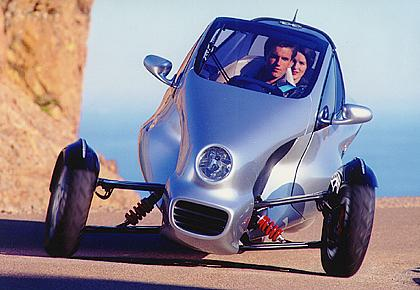

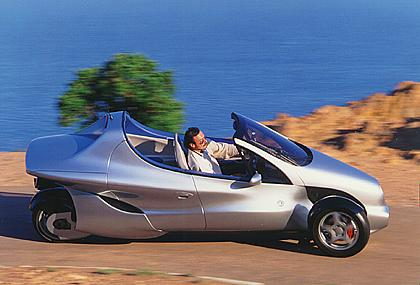

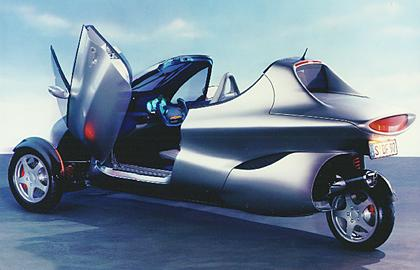

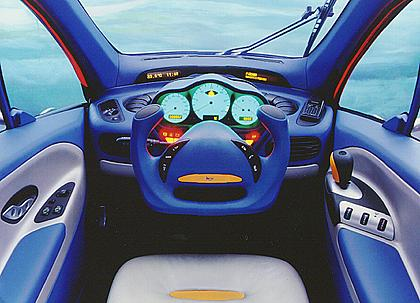

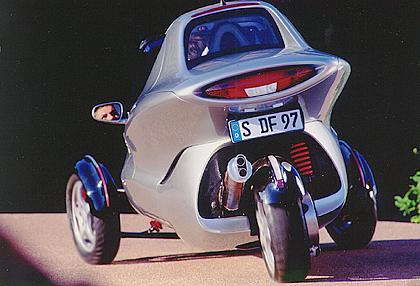
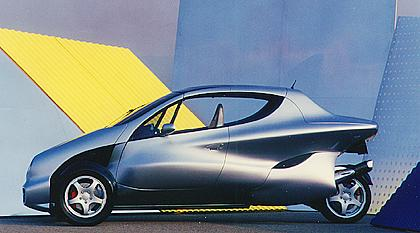
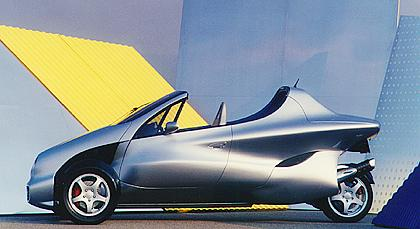

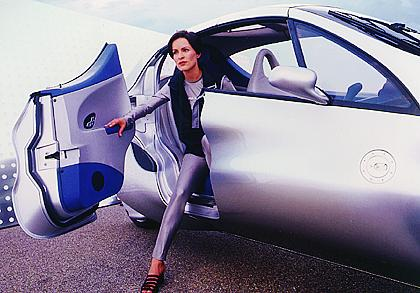







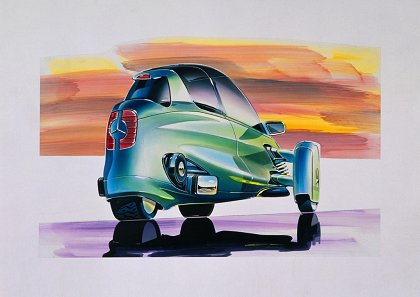

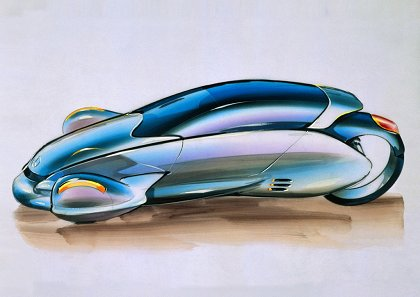


























Comments